Flashback Friday - The Evolving Breast Pump
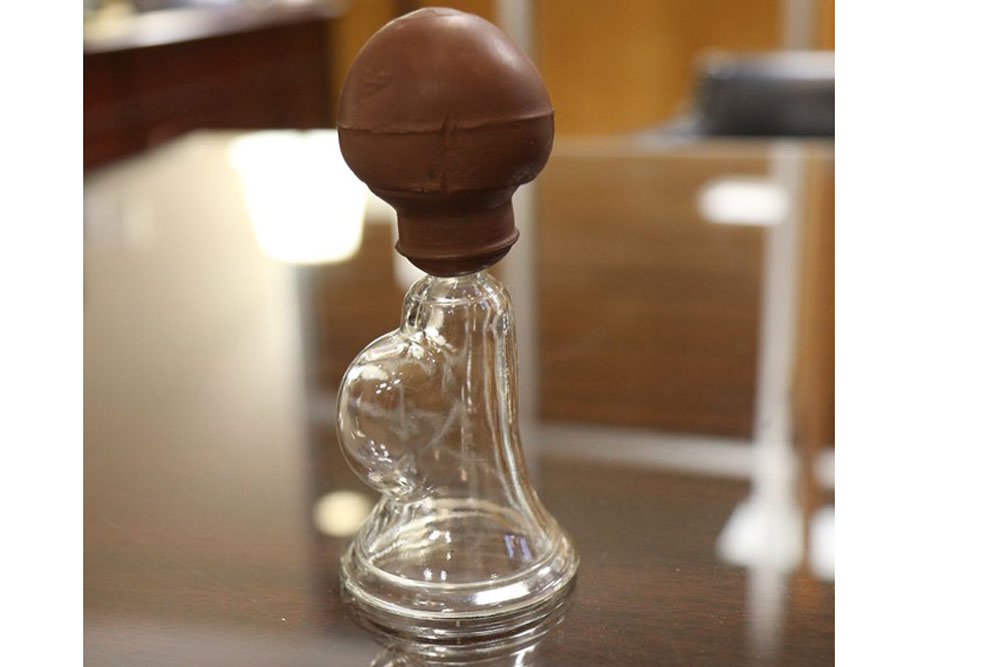
The winner of last week’s Flashback Friday challenge is Riella Melton, who correctly identified the Bjoring History Center’s artifact as a manual breast pump.
In the early decades of the 20th century, with the expansion of hospitalized childbirth and postpartum care, the process for extracting breast milk underwent dramatic change, from manual to motorized.
We had nearly a dozen correct responses to our challeng question, but few attempted to guess this artifact's vintage. A couple of people had first-hand knowledge of this device, though it’s interesting to note that they had opposite views as to its efficacy. Wrote one reader: “My mother used to have one of those when I was a kid… It worked great. I imagine my grandmother, who was a frontier nurse midwife, used to carry it around in her saddle bags.”
Prior to the 1920s, the most common method for extracting breast milk for an infant was through manual hand expression. While manual pumps such as this artifact existed, they tended to require the same amount of labor as manual expression and produced poorer results.
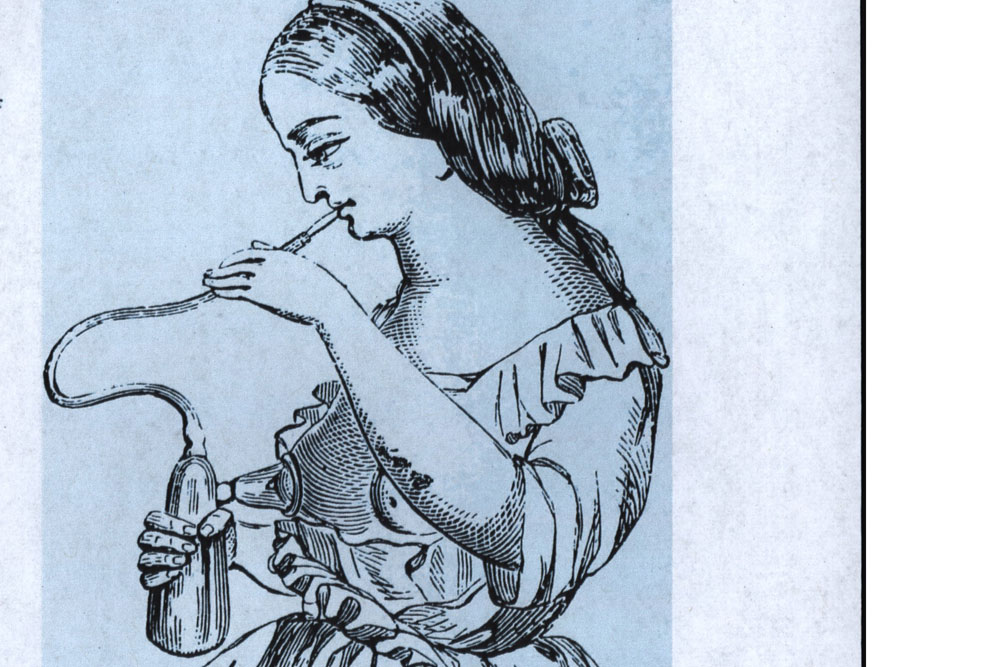
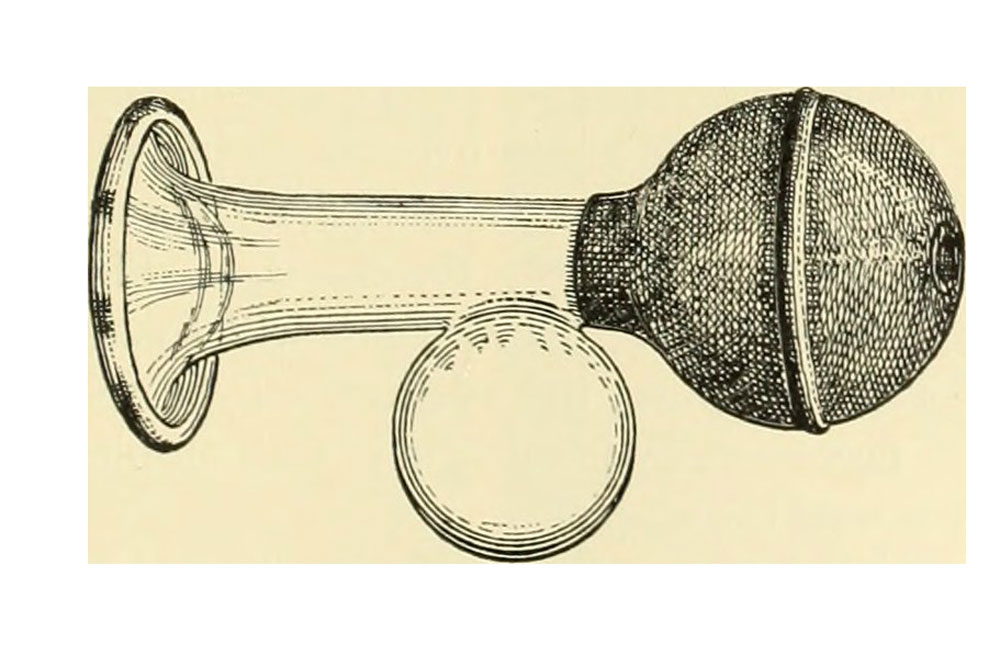

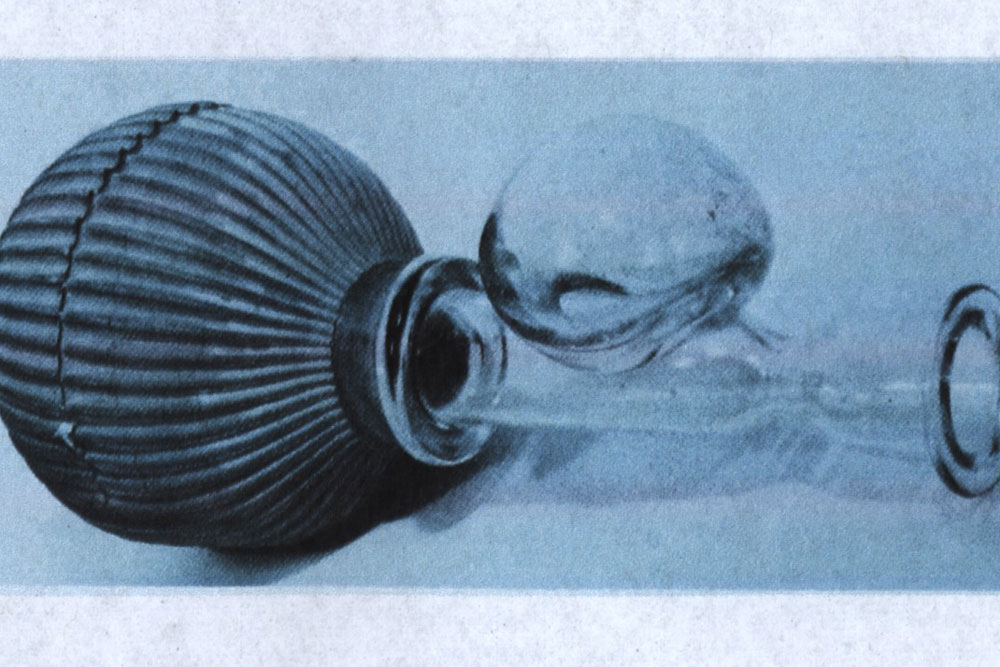
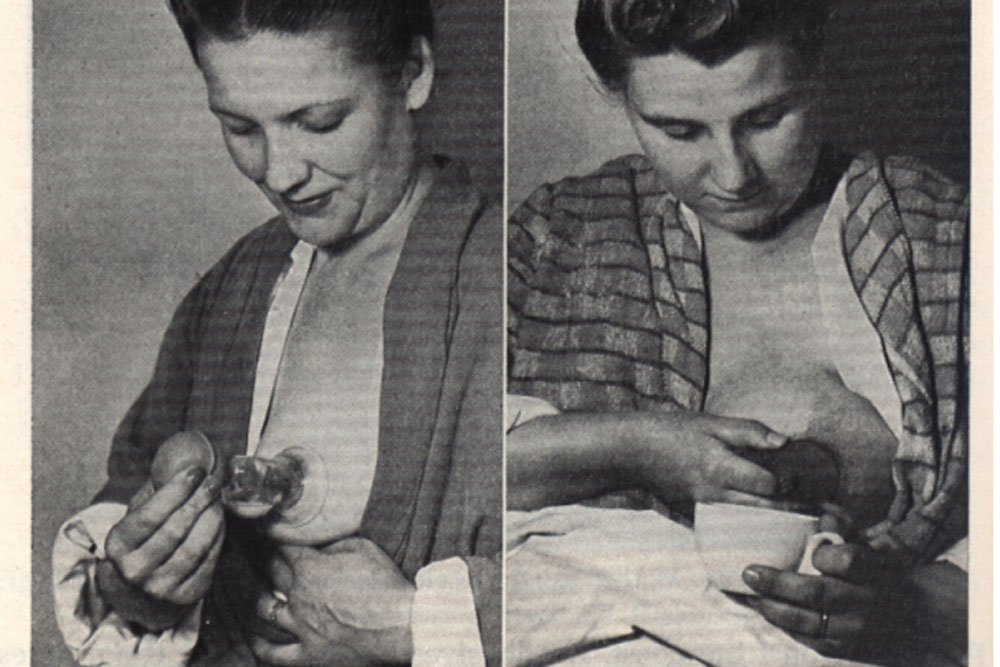
Breast pumps share a lineage with bloodletting and cupping devices. “Mothers with underdeveloped or inflamed breasts posed a frequent problem for the nineteenth-century physician, who treated them with either large doses of tartar emetic, a strong purgative, or with cupping,” according to Bloodletting Instruments in the National Museum of History and Technology. One early design, employed in the 18th century, was a glass cup with a long spout to enable the woman to perform suction herself. In the 19th century, brass syringes were added to breast pumps to aid collection. With the invention of vulcanized rubber—patented in 1844 by Charles Goodyear—the breast pump morphed again, accessorized with a large rubber bulb, with a protuberance in the glass to collect the milk. This exactly describes our artifact--could it really date to the 1800s?
In the early decades of the 20th century, with the expansion of hospitalized childbirth and postpartum care, the process for extracting breast milk underwent dramatic change, from manual to motorized. The first was Abt’s Electric Breast Pump, the brainchild of American pediatrician Isaac A. Abt and an engineer who worked for a cow milking-machine manufacturer. The Abt’s pump was so popular that it helped make the U.S. the world’s primary manufacturer of hospital breast pumps until World War II.
But it’s clear that our artifact (and probably other styles as well) continued to be employed by new mothers—note the photo from the 1949 edition of Textbook of Obstetrics and Obstetric Nursing. There was a huge variety in circulation: between 1834 and 1975, more than 60 breast pumps were patented.
This Flashback Friday is brought to you by the Bjoring Center for Nursing Historical Inquiry, with special thanks to AAHN president Arlene Keeling, UVA professor emerita. Bloodletting Instruments in the National Museum of History and Technology by A. Davis and T. Appel, Smithsonian Institution (1979); and History of Medicine: Breast Pumping by J. Martucci, American Medical Association Journal of Ethics, vol. 15, no. 9, provided background for this post.
